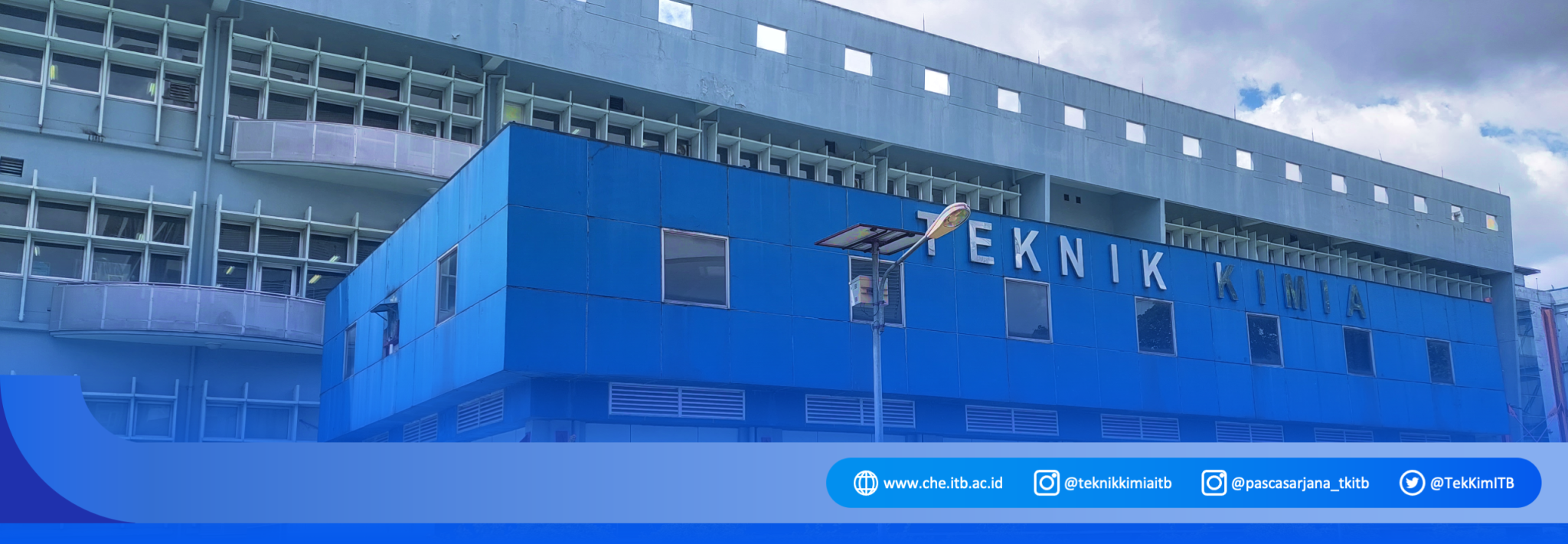| The increasing need for alternative renewable energy source is forecasted to increase cellulase demand, due to its ability to break down cellulose in lignocellulosic materials such as agricultural waste into smaller sugar units such as cellobiose and glucose that is useful for bioethanol fermentation and subsequent fine chemical production. It was calculated that cellulase cost accounts for ~40% of the total bioethanol cost. Cheaper cellulase production could be achieved using solid state fermentation method compared to the conventional submerged fermentation method, mainly due to its ability to use cheap agricultural waste as carbon source and cellulase production inducer. Empty Fruit Bunch (EFB), which is produced in the scale of millions of tons in Indonesia, holds a potential to be used as the sole carbon source in solid state cellulase fermentation, as shown in some other literature. Therefore, this study is aimed at understanding the effects of solid state fermentation parameters, namely solid to liquid ratio, temperature, and pH for cellulase production. Two variations of solid to liquid ratio were used, 1:1 (5 mL) and 1:4 (20 mL). Temperature were varied by performing the fermentation at room temperature (no temperature control), 30°C and 37°C. Two fungi organism, namely Trichoderma viridae (TV) and Trichoderma reesei (TR) were used for extracellular cellulase production. The microbes were grown on potato dextrose agar slants and re-cultured every 7 days. Spore suspension were added into Erlenmeyer flask containing 5 gram of dried EFB and supplemented with additional nutrients. The nutrient pH of 5.5 were adjusted using either 1 M HCl or NaOH yielding final pH of 4.5 and 6.5, which were subsequently used to study the effect of pH on fermentation. All flask were incubated for 3, 5, and 7 days. Extracellular cellulase enzyme was extracted using simple contact method using citrate buffer followed by incubation at 30°C, 150 rpm, for 2 hours. Assessment of the extracted cellulase activity by filter paper assay showed that Trichoderma viride is the superior organism capable of producing higher cellulase amount compared to Trichoderma reesei at the same fermentation condition. The optimum cellulase activity was obtained when solid to liquid ratio used for the fermentation is 1:1, while the optimum fermentation temperature and pH were found to be 30 °C and 5.5, respectively. The information obtained would be useful for the development of cellulase production process from the ubiquitous EFB in Indonesia. |
